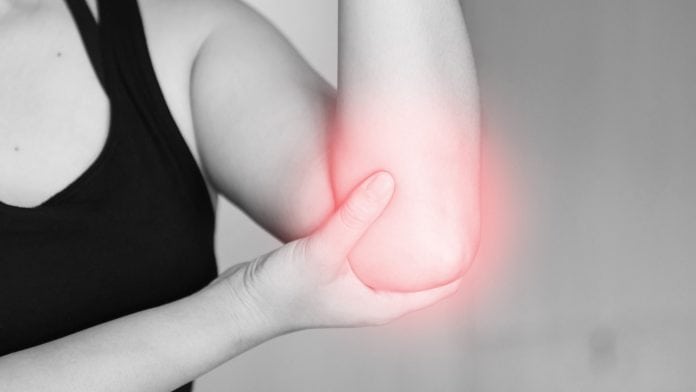
The correct support and individually adjusted resistance exercises have been found to produce considerable health improvements in female patients with fibromyalgia, according to research from Sahlgrenska Academy in Sweden.
Fibromyalgia is a long-term condition which has no known cause but is thought to be related to abnormal levels of certain chemicals in the brain and affects the central nervous system.
It is characterised by increased pain sensitivity and often fatigue, which results in an inability to do daily activities; therefore, the concept of exercise seems daunting.
However, according to Anette Larsson, who studied 130 women between 20-65 years with the condition as part of her dissertation: “If the goal for these women is to improve their strength, then they shouldn’t be afraid to exercise, but they need to exercise the right way.
It has long been said that they will only experience more pain as a result of resistance exercise, that it doesn’t work. But in fact, it does.”
The study
Around half the women in Larsson’s study were selected at random to take part in person-centred progressive resistance exercise led by a physical therapist, while the remaining women in the control group underwent more traditional therapy with relaxation exercises.
Were there any improvements?
Larsson explained: “The women who did resistance exercise began at very light weights, which were determined individually for each participant because they have highly varying levels of strength. We began at 40% percent of the max and then remained [at] that level for three to four weeks before increasing to 60%.”
It was found that six of the ten participants were able to reach a level of exercise at 80% of their maximum strength. One of the ten was at 60%, while the others were below that figure. Five individuals chose to stop the training due to increased pain. On the whole, the group had 71% attendance at the exercise sessions.
“On a group level, the improvements were significant for essentially everything we measured. The women felt better, gained muscle strength, had less pain, better pain tolerance, better health-related quality of life and less limitation of activities. Some of the women did not manage the exercise and became worse, which is also an important part of the findings,” added Larsson.
A person-centred approach
Within the control group, improvements were not as significant, but there was some improved hand and arm strength.
Progress for the group can mainly be attributed to the person-centred approach, with individually adjusted exercises and loads and support of a physical therapist.
Larsson concluded: “An interview study we conducted shows clearly that the women need support to be able to choose the right exercises and the right loads; they also need help when pain increases. This requires, quite simply, support from someone who knows their disease, preferably a physical therapist.”
About fibromyalgia
Women account for nine out of ten cases of fibromyalgia.
Symptoms include:
- Increased sensitivity to pain;
- Fatigue (extreme tiredness);
- Muscle stiffness;
- Difficulty sleeping;
- Problems with mental processes (known as ‘fibro-fog’) – such as problems with memory and concentration;
- Headaches; and
- Irritable bowel syndrome (IBS) – a digestive condition that causes stomach pain and bloating.
Source: University of Gothenburg









